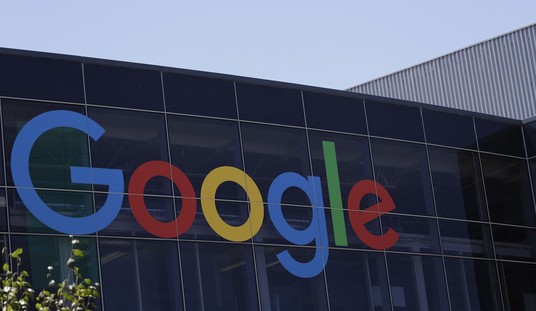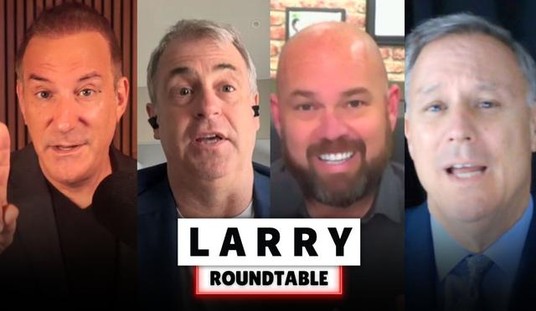President Obama’s economic ideas hold that government spending on construction, alternative energy sources welfare will inspire long term growth. But this theory has a big problem: Government is a terrible allocator of resources. Spending borrowed money on public infrastructure and even more state employees creates jobs wholly dependent on… government spending. Expanding the welfare state also increases dependency and does nothing to expand economic growth in the long term.
This “demand-side” philosophy rests on the claim that some 70 percent of gross domestic product (GDP) is consumption. Hence boosting consumption—by pouring borrowed money into more food stamps, Obama-phones and extended unemployment benefits—will prime the economic pump.
In fact, however, sustained growth comes from the force underlying consumption: increased productivity. Productivity feeds on private-sector investment. Money spent on government programs is money taken from the private sector. Hence, the best way to spark private sector investment and growth is to reduce government. Less government spending is a pro-growth policy.
Last year I labeled the President’s economic philosophy “Trickle-Down Obamanomics.” In last Wednesday’s debate, Governor Mitt Romney rechristened it as “trickle-down government,” which he characterized as the view that “bigger government, spending more, taxing more, regulating more… would work.”
During the debate, the President doubled down on his trickle-down approach. “[W]e've got to invest in education and training,” he said, by hiring “another 100,000 new math and science teachers, and create 2 million more slots in our community colleges so that people can get trained for the jobs that are out there right now.” He also recommitted to “investing” in “the energy sources of the future, like wind and solar and biofuels.” These are expensive ideas paid for by tax hikes and borrowed cash.
Romney argued that borrowing more to expand government more is are not merely “an economic issue, … it's a moral issue. I think it's, frankly, not moral for my generation to keep spending massively more than we take in, knowing those burdens are going to be passed on to the next generation and they're going to be paying the interest and the principal all their lives.”
Recommended
President Obama seems to believe that money spent by government winds up benefiting the middle-class and the poor. But the more government taxes private sector job creators, the fewer resources they have to employ middle-class and poor people. More government bureaucrats and union-controlled projects will not be good for the long term growth of the economy.
The President’s proposed American Jobs Act offers an excellent case study in Trickle-Down Obamanomics. This bill would hikes taxes on individuals making more than $200,000 a year and families making more than $250,000 a year, and impose other tax hikes totaling $450 billion over 10 years. The government would then plow those funds into a $10 billion infrastructure slush fund, and spend $50 billion on union-wage road projects, $30 billion on “greening” schools, and $35 billion on teachers/first responders.
It’s the same philosophy employed throughout the President’s term. What has it accomplished? Unemployment was 7.8% when he entered the Oval Office; it’s 7.8% now. More than 22 million Americans are unemployed or under-employed. The percentage of able-bodied Americans participating in the job market is at the lowest level in the 30 years.
What’s at the highest level ever is the national debt. Trickle-down Obamanomics has run up deficits in excess of $1 trillion annually.
The left mocks Romney’s statement that he would reduce federal funding the Corporation for Public Broadcasting, which totaled approximately $1.7 billion over the last four years. It is hard to imagine how the United States will ever balance the budget if even Big Bird—emblem the fabulously successful and lucrative Children’s Television Workshop—is seen as a sacred cow.
Instead, Washington should chart a tested and true path. Cut taxes; slash government spending, and stop borrowing massive amounts from our kids and grand-kids. The only way to transform our nation back into what Ronald Reagan called that “shining city upon the hill” is to follow the Reagan Revolution pathway of reduced regulations, lower tax rates and limits to government spending.

























Join the conversation as a VIP Member